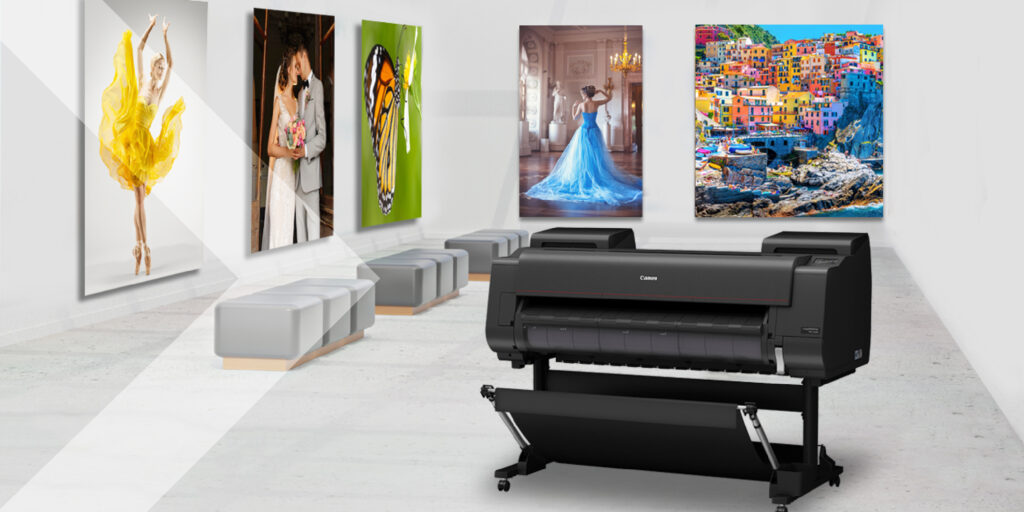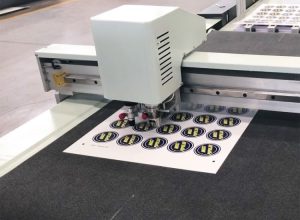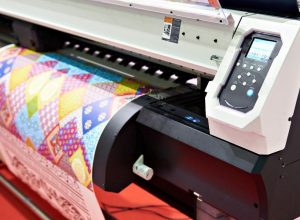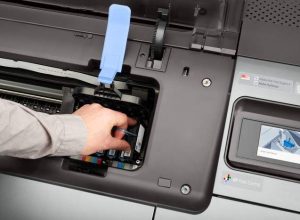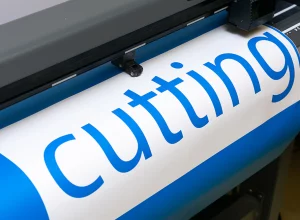Contents
Plotters in the Modern Creative Workflow: From CAD to Canvas
In today’s multifaceted design environment, the plotter emerges as an indispensable tool, seamlessly bridging the gap between digital creativity and tangible outcomes. Plotters are specialized printers that utilize vector graphics to produce high-quality prints on various materials, paving the way for superior precision in industries ranging from architecture and engineering to fine art and graphic design. This article delves into the diverse functionalities of plotters, their integration into contemporary workflows, and specific applications that demonstrate their critical role across different creative domains.
The Evolution of Plotters
The earliest plotters, which evolved in the late 20th century, primarily served technical applications. They were large, cumbersome devices designed to generate high-precision drawings using pens, ink, or other means. Over the years, advancements in technology led to the development of inkjet and thermal plotters, which became more versatile and accessible, allowing for a broader range of applications.
Modern plotters leverage digital interfaces and sophisticated software solutions. These devices are not limited to printing on paper; they handle a variety of media such as vinyl, fabric, and even unconventional materials like wood or metal, depending on the specific type of plotter being used.
Types of Plotters
Understanding the various types of plotters is crucial for selecting the right tool for the task:
| Type of Plotter | Description | Common Uses |
|---|---|---|
| Inkjet Plotters | Use ink cartridges to spray tiny droplets onto surfaces, providing high-quality color output | Graphic design, posters, photo printing |
| Laser Plotters | Utilize laser technology to etch designs onto materials with precision | Industrial design, signage, cut patterns in various materials |
| Vinyl Cutters | Specialize in cutting shapes and letters from self-adhesive vinyl | Sign-making, crafting, custom decals |
| 3D Plotters | Extrude materials to create three-dimensional objects | Prototyping, product design, medical applications |
Integration of Plotters into the Creative Workflow
The integration of plotters into creative workflows fundamentally enhances productivity by allowing designers to visualize their concepts more tangibly. Below are key stages in the creative workflow where plotters play a vital role:
1. Design and Prototyping
In disciplines such as architecture and industrial design, plotters enable designers to create detailed blueprints, technical drawings, and prototypes swiftly. Software like AutoCAD and SolidWorks allows designers to generate 2D and 3D models which can then be printed with precision using plotters. This rapid prototype generation allows for an iterative design process, reducing the time between conception and tangible feedback.
2. Marketing and Promotion
For advertising and marketing teams, plotters facilitate the production of large format prints such as banners, signage, and promotional materials. The ability to print high-quality visuals can significantly impact consumer engagement and brand representation at events and in retail environments. Plotters capable of handling vibrant inks and various substrates ensure that branding remains consistent across different media.
3. Artistic Expression
Artists today are utilizing plotters not just for reproduction but as a means of artistic expression. Plotters can generate intricate designs or assist in creating mixed media art pieces by combining digital techniques with traditional methods. For instance, artists may create detailed vector illustrations that plotters then replicate onto canvas, merging digital precision with tactile surfaces.
4. Education and Training
In educational environments, plotters serve as powerful tools for teaching design principles and technical drawing skills. Students can execute their designs professionally on various media, gaining practical experience in using industry-standard tools. This form of hands-on learning reinforces theoretical knowledge and prepares students for real-world application.
The Future of Plotting Technology
As technology continues to evolve, plotters are expected to incorporate more intuitive interfaces, higher automation levels, and smarter software that utilizes artificial intelligence. These advancements will further streamline the creative workflow, enabling faster turnarounds and even more intricate designs. Innovations such as direct-to-object printing and eco-friendly inks will open new avenues for creativity in both commercial and artistic sectors.
Conclusion
In summary, plotters have transitioned from being simple printers to complex machines that integrate into various facets of modern creative workflows. Their influence spans numerous industries, providing unmatched precision and versatility. Whether used for professional designs, artistic endeavors, or educational purposes, the role of plotters in converting digital concepts into physical realities cannot be overstated. As technology advances, the potential for plotters continues to expand, ensuring they remain at the forefront of creative production.
